Have you ever noticed your small kids scratching their heads a little too often? Suddenly, a little itch turns into a constant scratch, and the thought of head lice creeps in.
Lice are pesky and can spread quickly. Knowing what to do when your child has lice can feel overwhelming, especially if it’s your first time dealing with them.
This guide will give you all the tips you need to recognize, treat, and prevent head lice effectively. By the end, you’ll know the best kid-friendly lice solutions and how to keep lice from returning. Let’s get started!
Understanding the Head Lice Life Cycle
Understanding head lice’s life cycle will enable you to eradicate them more quickly. Little insects called head lice feed on blood and call the scalp home. They go through three stages: egg (or nit), nymph, and adult.
Lice eggs, or nits, are small and white. They hatch in roughly one week, and adhere to the hair shaft near the scalp, Once hatched, the lice transform into nymphs much smaller versions of adult lice.
After about nine days, nymphs turn into adults. Adult lice can lay new eggs, starting the cycle again. Understanding this cycle is key because you need to remove both lice and eggs to prevent more lice from appearing.
Lice Infestation Signs to Watch For
Noticing lice early makes treatment easier. There are a few clear signs of a lice infestation. One of the most often occurring indicators is constant scratching. Kids with lice often scratch their heads a lot, especially near the neck and behind the ears. Lice bites cause an itchy feeling, leading to constant scratching.
Another sign of lice infestation is seeing small white specks in the hair. These are usually lice eggs or nits. Unlike dandruff, which falls readily, nits attach tightly to the hair.
If you notice any of these signs in your child, it’s best to start checking their hair carefully. Use good light to see if there are live lice moving around or if there are any nits stuck to the hair. Checking early helps you manage the problem faster.
Using Lice Removal Combs Effectively
One of the most useful tools for dealing with head lice is a lice removal comb. These combs have tightly spaced teeth that help pull lice and nits out of the hair. Using a lice comb correctly can make a big difference in removing lice faster.
To use a lice removal comb, start by separating the hair into small sections. This way, you can focus on one area at a time and make sure you don’t miss any lice or eggs.
Run the comb slowly from the scalp towards the end of the hair. Make sure you clean the comb after each stroke to remove any lice or nits.
It’s best to use a lice removal comb on wet hair because it makes it easier to slide through the strands. Wetting the hair also slows down the lice, so they’re less likely to move around while you comb. Using this comb daily until no more lice or nits are seen will give you the best results.
Kid-Friendly Lice Solutions
When looking for solutions for lice, it’s important to choose safe, kid-friendly lice solutions. Many treatments are mild enough for kids and are meant to make lice eradication as comfortable as possible.
Some parents prefer natural methods like using essential oils. Oils like tea tree, lavender, and eucalyptus can help repel lice. These oils should be diluted with water or a gentle shampoo before being used on the scalp.
However, remember that oils alone do not remove lice or eggs. You still need to use a lice comb and follow a treatment plan to get rid of them.
Another popular kid-friendly option is a lice shampoo. These shampoos are created to help kill lice safely, and they can be found in most pharmacies. Some shampoos are applied and left on for a certain amount of time, so be sure to read the instructions carefully. Treatment should be thorough but gentle on young scalps.
Lice Prevention Tips
Preventing lice is just as important as treating it. Head lice spread easily, especially among children in close contact. Knowing simple lice prevention tips can reduce the risk of lice for your small kids.
First, urge your youngster not to show peers hats, hairbrushes, or hair accessories. These items can easily transfer lice from one head to another. Keeping your child’s hair tied back in braids or buns can also help reduce contact and prevent lice.
Regularly check your child’s scalp if there’s a known lice outbreak in their school or daycare. Early checks let you catch any lice early before they can spread.
Using lice-repellent sprays that contain essential oils like tea tree or lavender can also help. These sprays add a protective layer to the hair, making it harder for lice to cling on.
Final Tips for Success with Lice Treatment
The key to successful lice treatment is patience and consistency. Lice can be stubborn, and it may take several days or even weeks to fully clear them. If you stay consistent with daily combing and follow up with any lice solutions, you’ll see progress.
It’s also important to clean household items that might carry lice. In hot water, wash towels, pillowcases, and other bedding. Vacuum floors, couches, and car seats to pick up any lice that may have fallen. Keeping a clean environment helps prevent the lice from coming back.
Keep Small Kids Lice-Free Using This Guide
Dealing with head lice can feel challenging, but following the right steps can make the process easier. Head lice are common, and you’re not alone in handling them. From checking for lice infestation signs to using lice removal combs and kid-friendly lice solutions, you now have the tools to handle lice in small kids.
You can help protect your children from future lice problems by following lice prevention tips. Your quick actions can make a big difference in keeping lice away.
Did you like this guide? Great! Browse our website for more!
If you want morе еxciting contеnt visit. Globallyviz.com

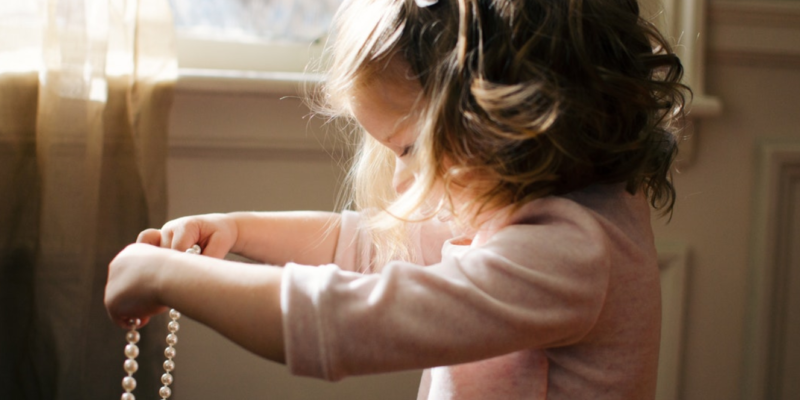
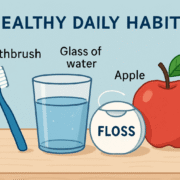
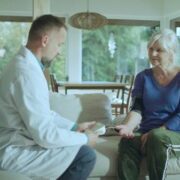
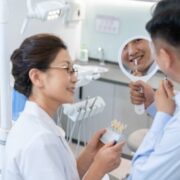







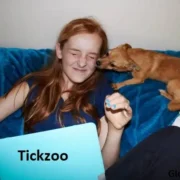
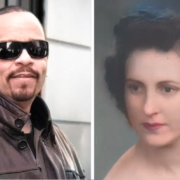
Comments